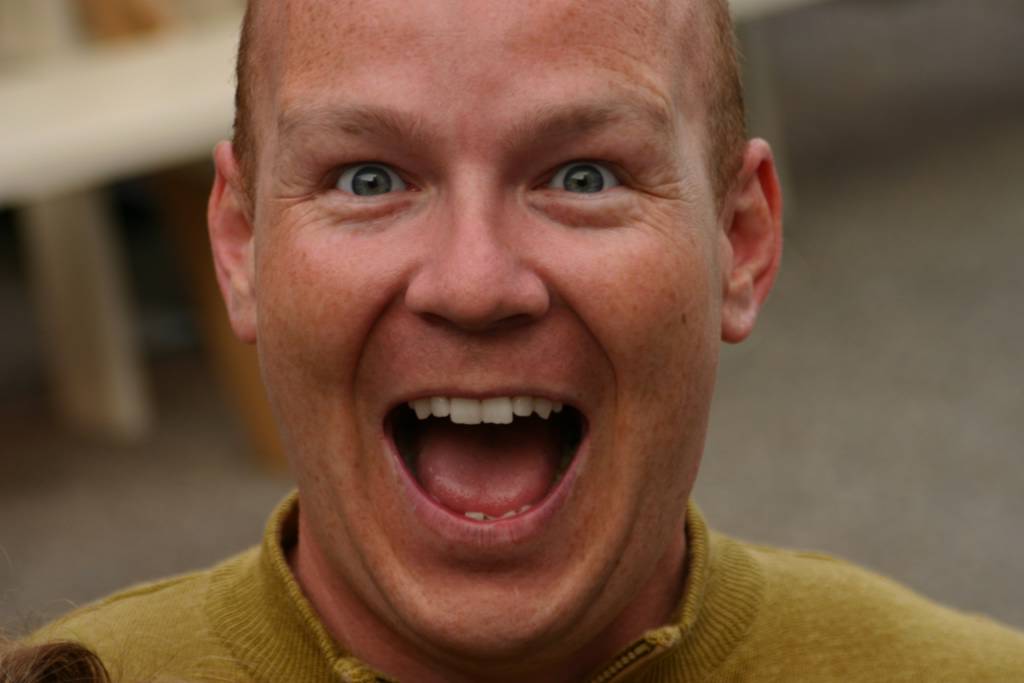More of the Mesh
Rob Hyndman, one of the Mesh organizers just posted some of the video coverage of Mesh on his blog.
Kedrosky and Rubel at meshPaul Kedrosky’s keynote mesh conversation with Mathew Steve Rubel’s keynote mesh conversation with StuartIn addition, there is a great post Mesh interview with Stuart on
http://twit.tv/itn22The other videos (some shameless self-promotion) are on
http://www.storystream.com and will soon be available on YouTube also.
The accessibility of this content says a lot about the open and sharing nature of all the Mesh participants. It has taken on a life of its own at this point.
Mark Dowds
Web 2.1
I am currently sitting in a main session at
http://www.meshconference.com. It has been referenced as a gathering of web 2.0 enthusiasts and has a strong emphasis on social networking and the use of blogs. I got connected into the Mesh a couple of months ago as the founders were planning the details after stumbing into a much needed gap in Toronto. What has surprised me is the level of interest and momentum that seems to be gathering again with regard to start-up and ideas. As a serial enterepreneur I do not know whether to get nervous or excited. I dread another dot com yet I love ideas that can disturb the norm. What is obvious is how much content and new ideas there are flying around. As someone just pointed out here, everyone can put their crap out there. One of the main things that I have been reminded about over the last 2 days is that this new web is not just a place for us to express ourselved but a place where we can engage others of similar interest and create great conversations. Hopefully as we get more known and understood as contributors, the right people will find it easier to connect, share, create, and innovate. The Mesh conference has certainly steepened the hill for this great ball of fire to gather speed. I am grateful.
Mark Dowds
What you see is not what you get

For centuries there has been an ongoing debate about whether human perception is primarily a physiological or a cognitive function. Perception is the mind’s link to the external reality and for some it was suggested that what we see can be deemed as that which is true. Philosophers like Plato and Democritus had differing opinions but these were mostly on whether we have an innate capacity to recognize objects or a mind that gathers the information.
There has been a long lasting idea that the eye is like a kind of camera. Some aspects of this have been proven, like the reality that the image formed on the retina is upside down. On the other side of the argument there is a significant difference between the eye and a camera, especially when it comes to movement. A camera needs to remain still to get a clear image while the eye does not. Discoveries like these have led to showing that the metaphor of the camera is very limited.
The study of illusion has led to the consideration that what we see is often not what it is. Some of the illusions used in these experiments are comparative images that compare shades of gray and lines that distort. These illusions point to the possibility that higher mental processes are necessary to make some sense of the impulses that bombard the optic nerves. The use of illusion has shown that simple understandings of sight and reality cannot be trusted and that our senses and perceptions are shaped and unique by the environment to which we have been exposed.
The use of illusion has also helped us to recognize that perception cannot be purely physiological or cognitive, but instead, both are necessary and at play. Because there is no screen that exists in the brain where images and perceptions can be projected, we need to look to a deeper aspect of how perceptions function. For instance, when we consider spatial perception we come to realize that what we perceive is learned to some capacity. Yet when we take into consideration protective reflexes we realize that there is an innate aspect to what we perceive around us. In form perception we quickly fill in missing pieces to make an incomplete object something that we recognize; this points to the reality of a learned aspect to perception. When studying continuous movement it has been discovered that we get conditioned and we compensate for the movement around us. For those who have ever experienced a 360 degree cinematic experience know of this as they move their bodies based on what they see happening around them.
In summary, we can make many judgments today that lead us to accept the co-existent nature of the physiological and cognitive nature of perception yet we still are left wondering as research is by far incomplete.
Mark Dowds


